Visit All Nacho Libre Filming Locations in Oaxaca, Mexico
A Self-Guided Google Map Tour from Villa de Etla to Oaxaca Centro
Contrary to popular belief, Nacho Libre (2006) wasn’t filmed entirely in Oaxaca, Mexico. While many exterior scenes were shot on 35mm film in and around Oaxaca Centro, most interior scenes were filmed on sound stages at Universal Studios Hollywood. The heart of the movie’s story, however, unfolds in the Sanctuary of Las Peñitas, tucked away on the outskirts of Villa de Etla.
Click on each location name to open the Google Maps pin in a new tab.
Screenshots from the movie Nacho Libre are property of Paramount and Universal Pictures.
If you find the following information helpful, consider donating $5 via Venmo to help keep this blog ad-free.
Exterior Locations in The Municipality of Villa de Etla
Villa de Etla: The Birthplace of Quesillo
Etla—a Zapotec word meaning where the bean is abundant—is a fifteen-minute drive north of Oaxaca City. The area is home to the archaeological site of San José el Mogote, believed to have been the capital of the Zapotec people as early as 1500 B.C. Before Monte Albán rose to prominence, this early settlement thrived as one of the first permanent agricultural villages in the Central Valleys of Oaxaca.
Etla is the undisputed birthplace of quesillo, known outside of Oaxaca as Oaxaca cheese. But how quesillo came to be is still up for debate. According to legend, a young girl—distracted while playing with her friends—forgot to drain the whey while making cheese. To avoid the beating of a lifetime, she poured boiling water over the batch in a last-ditch attempt to fix it, accidentally creating what we now know as quesillo: mozzarella’s long-lost sibling.
A more credible explanation ties quesillo to pasta filata, a cheese-making technique introduced to Oaxaca by Italian Dominican monks around 1530. Still, despite Etla’s deep historical roots and cultural significance, it remains a quiet, sleepy town. Maybe that’s exactly why it was chosen as the main filming location for Nacho Libre. Though half the movie was shot on a sound stage, Las Peñitas Sanctuary—one of the film’s most recognizable locations—cemented Etla’s place in cinematic history.
Sanctuary of Las Peñitas
The Sanctuary of Las Peñitas—or as many call it, the Nacho Libre church—stands atop a rocky hill overlooking the Etla Valley. According to local legend, God Himself rested here while creating the Earth, leaving behind a footprint and a knee impression on a small boulder formation at the base of the hill, right off the main dirt road—before you even turn onto the narrower path that leads uphill to the church. In other versions of the story, it was Jesus who paused to rest on that same rock.
The boulder was once fully exposed to the elements, but today it’s enclosed in a small shrine—a simple structure with four walls and a roof, built to protect it from the weather and from passersby who may not understand its significance. Inside, you’ll find the fabled footprint. Look closely and you’ll see a small opening in the stone—kneel, peer inside, and you may catch a glimpse of Christ (Señor de las Peñas, or Lord of Hardships) glowing in a blue flame. They say only the faithful can see the light. If you notice trinkets scattered around the courtyard, leave them be—they're not trash. These are offerings and petitions left by devotees seeking blessings from Señor de las Peñas. While the tradition is strongest on the Fifth Friday of Lent, offerings are made year-round.
To get here from Oaxaca Centro, take a taxi foráneo from La Central or hop on a bus—either will drop you off near the town square, just a block from Mercado Municipal. From there, you’ll need to walk to Las Peñitas or catch a mototaxi in front of Bodega Aurrerá, a short stroll from the square. Just be sure to ask the mototaxi driver to come back for you in an hour—otherwise, you will be hiking back.
Mercado Municipal de Villa de Etla
The exterior of the Mercado Municipal de Villa de Etla, formerly known as Mercado Municipal Porfirio Díaz, served as a backdrop for several scenes in Nacho Libre. I recommend going on a Wednesday, which is día de plaza—market day. On this day, a tianguis (outdoor market) sets up around the Mercado, filling the town center with vendors and locals.
Coincidentally, Wednesdays were also the market days of the ancient Zapotecs, continuing a tradition that dates back centuries. However, if you're hoping to trace specific scenes from the movie, navigating the bustling outdoor market on a Wednesday might make it a bit tricky. The Mercado is just a short walk from where the taxi drops you off, making it an easy stop for any Nacho Libre fan or food lover exploring the area.
Exterior Locations in Oaxaca Centro
Arena Oaxaca
The fighting arena, known as Arena Oaxaca in the movie, does not actually exist. The scenes were filmed in a large warehouse that doubles as a public parking lot, which occasionally hosts lucha libre tournaments—but only at random times, rather than as a permanent venue. Conveniently, though, several rustic wedding venues are within walking distance of this and at least four other filming locations featured in Nacho Libre.
Templo de San Agustín
For a few seconds you can see the fortified walls of Templo de San Agustín, a short walk south of El Zocalo. Note, the northeast side of the church was used in this scene.
The House of Señor Ramon (Ramses Manager) and La Fuente de la Lágrima
Heartbreaking to learn that this beautiful home has been torn down to make space for, of all things, a Starbucks. Sadly, nothing remains of the former governor's residence. However, the water fountain in the middle of the roundabout still stands as a nostalgic reminder of what once was. Fortunately, the house behind the Fuente de la Lágrima is still there, with the same wooden door that appeared in the movie.
Acueducto de Oaxaca and Calle de Nacho
A short stroll north of Santo Domingo, in Plaza Cruz de Piedra, you’ll find the remnants of an ancient aqueduct gracefully extending from Barrio de Xochimilco. Walk a few feet further north, parallel to the aqueduct, and you’ll reach the picturesque alley known as Calle de Nacho—the very spot where Steven famously swipes the chips. While exploring, be mindful of the neighbors, as it’s a residential area and may be closed to the public on any given day. Also, take note of the signs (in Spanish) prohibiting photography. That said, I’ve personally taken several photos here without any issues—including this quiet Oaxaca wedding, which, like Nacho Libre itself, deserved to be photographed on classic 35mm film.
Parque Ciudad de las Canteras
To visit the location where Nacho climbed the cliff to eat the eagle’s egg, you’ll need to venture a couple miles east from El Zocalo to Parque Ciudad de las Canteras. This is by far one of the least-visited Nacho Libre filming locations, making it a hidden gem for dedicated fans.
The park gets its name from the quarries (canteras) that once supplied the distinctive green volcanic stone used in many of Oaxaca’s historic buildings, including Santo Domingo de Guzmán. Over time, excavation left behind large rock formations and deep pits, which eventually filled with rainwater, creating the small lakes that exist today. These rugged cliffs and rock faces, shaped by centuries of mining, are what give the park its dramatic landscape—perfect for an over-the-top Nacho Libre training montage.
Zona Arqueológica de Monte Albán
The final scene of Nacho Libre was captured in the breathtaking ancient city of Monte Albán, a must-visit destination. You can conveniently reach this remarkable location by taking a taxi or bus directly from Oaxaca Centro, or you can opt for a guided tour offered by Las Bugambilias Tours. It's important to note that there is a nominal fee of to enter the archaeological site, but on Sundays, entrance is free for Mexican citizens upon presenting a valid ID at the ticket office.
Exterior Locations in Universal Studios Hollywood Backlot
Mexican Street
As I stated earlier, most interior scenes as well as a handful of exterior scenes were filmed in Universal Studios Hollywood, specifically the Mexican Street (flash flood) area of the backlot.
Is Nacho Libre Inspired by A True Story?
In a way, yes. Nacho Libre draws inspiration from the remarkable life of Sergio Gutiérrez Benítez, also known as "Fray Tormenta." Born in 1945, Sergio had a troubled youth and battled addiction. After an addict died in his arms, he swore to always help the destitute, leading him to create an orphanage. He later became a secular priest in the Diocese of Texcoco, just outside of Mexico City.
In 1976, Sergio established the shelter, but funding became a concern. Inspired by a movie he had seen years ago, titled "El Señor Tormenta" (Mister Storm), where a priest becomes a wrestler to support his orphanage, Sergio adopted the persona of Fray Tormenta and ventured into the world of wrestling. Using his newfound fame and earnings to fund his noble cause for over two decades.
While Nacho Libre takes creative liberties and fictionalizes certain aspects, the film celebrates the resilience, determination, and unorthodox choices made by Fray Tormenta, offering a heartwarming and entertaining narrative inspired by his extraordinary life.


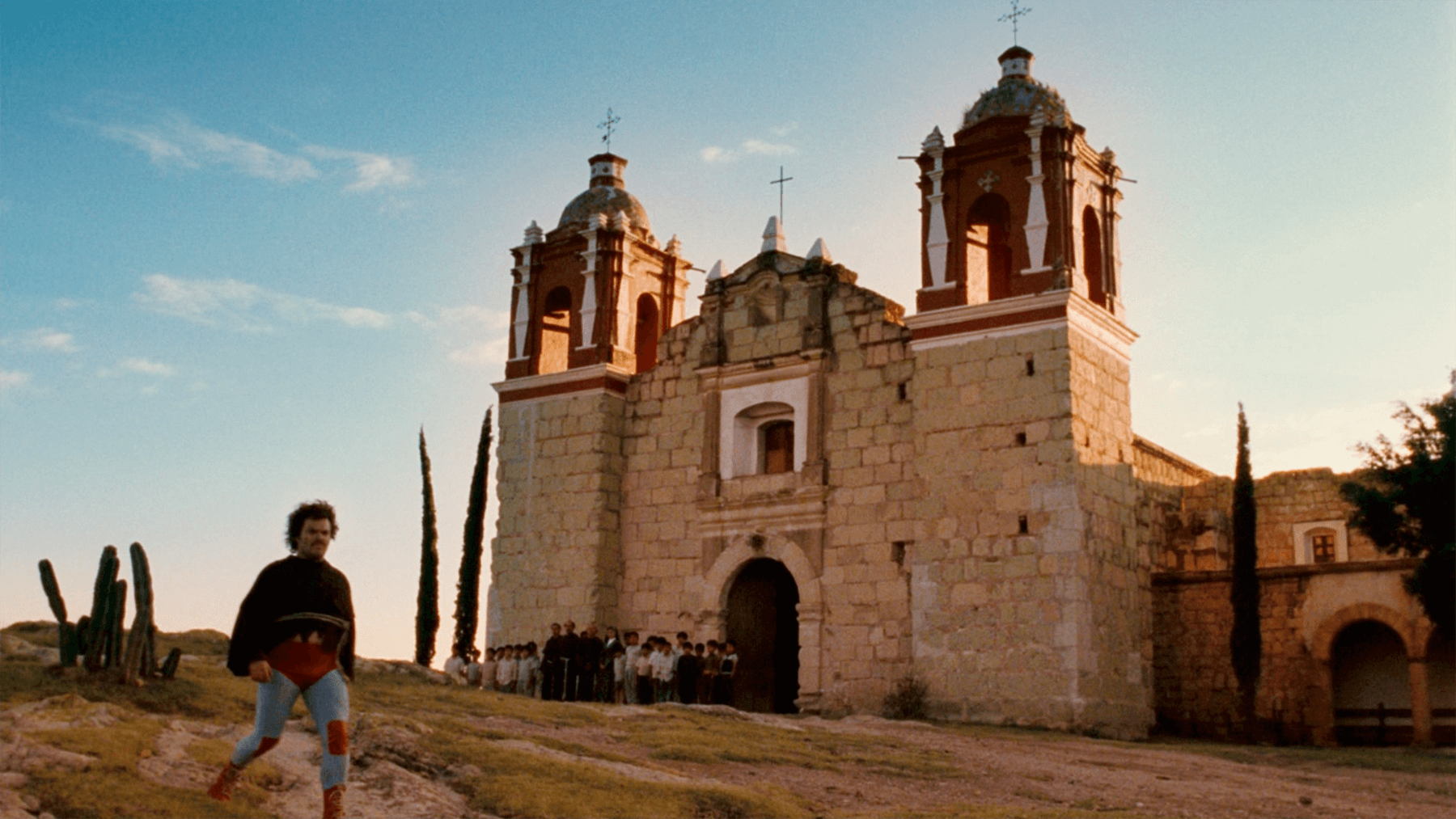
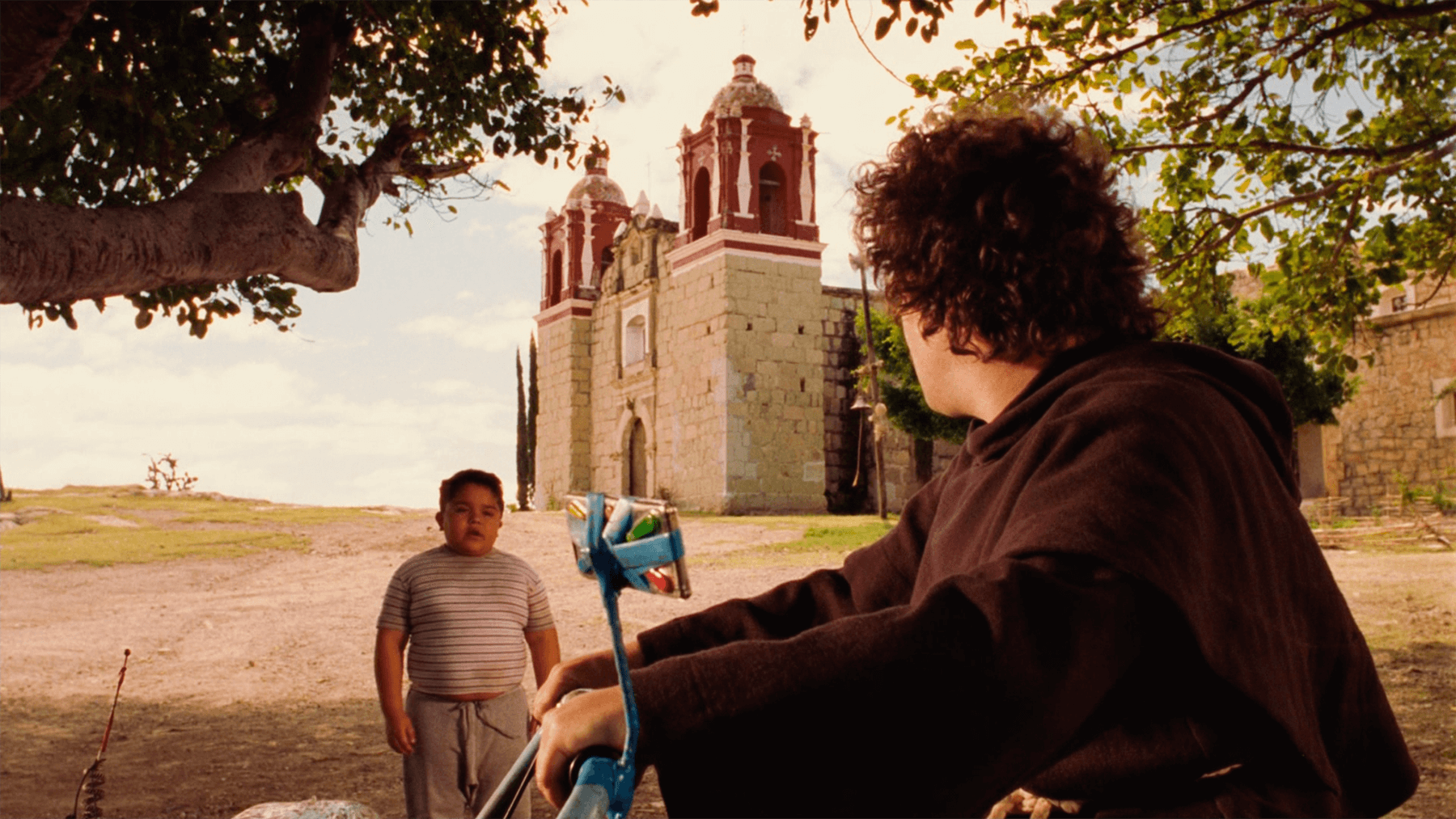
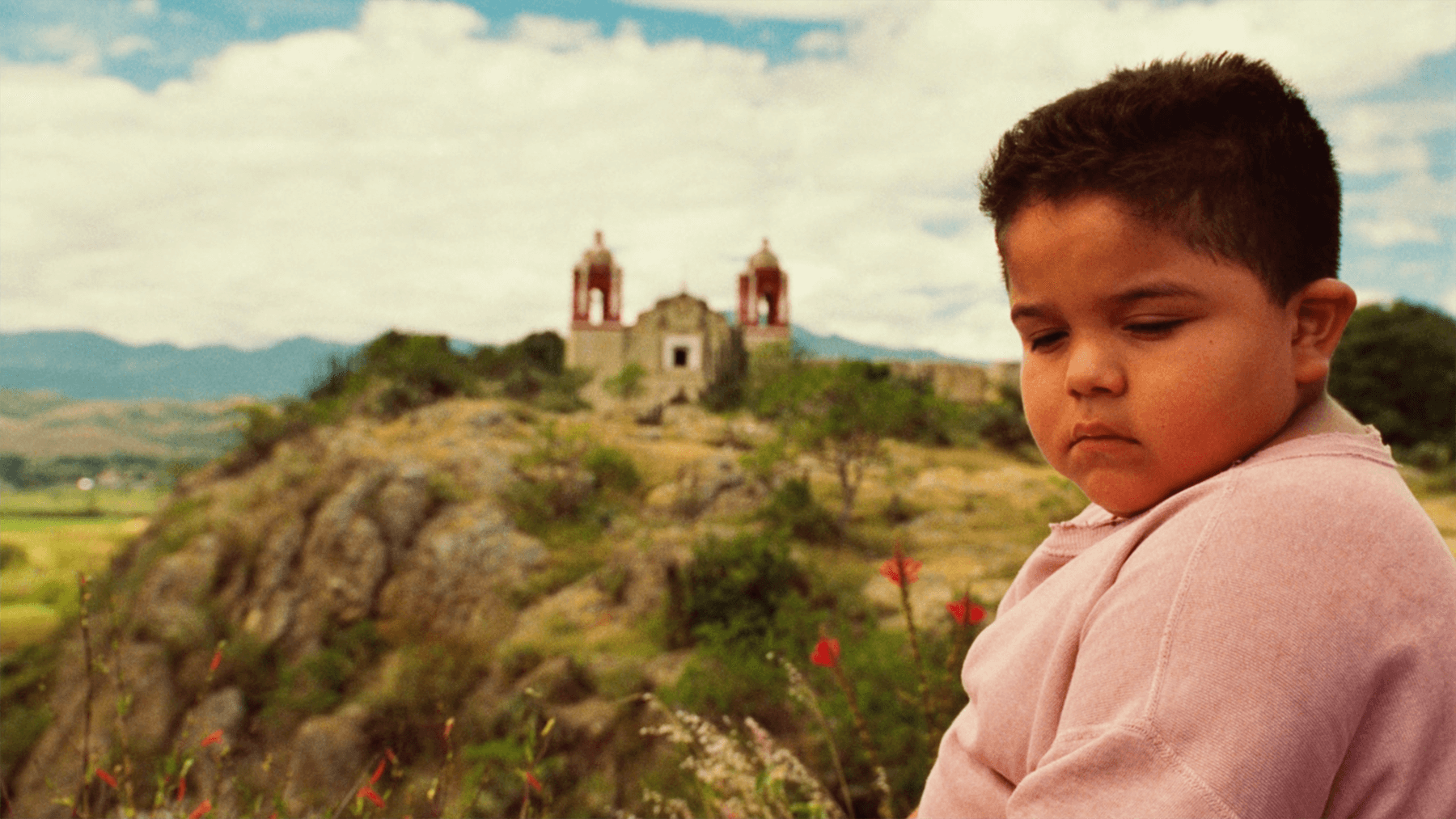
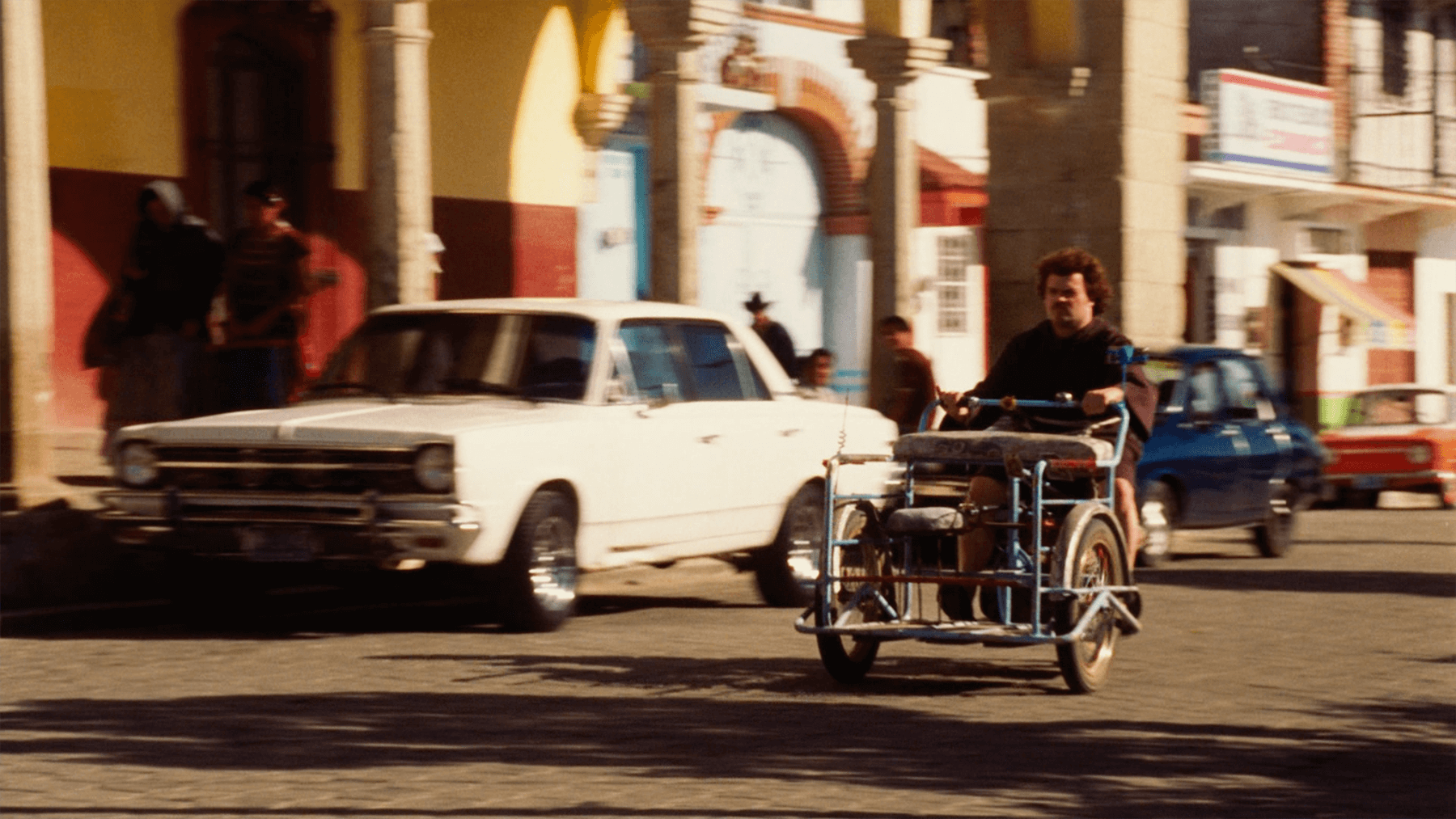
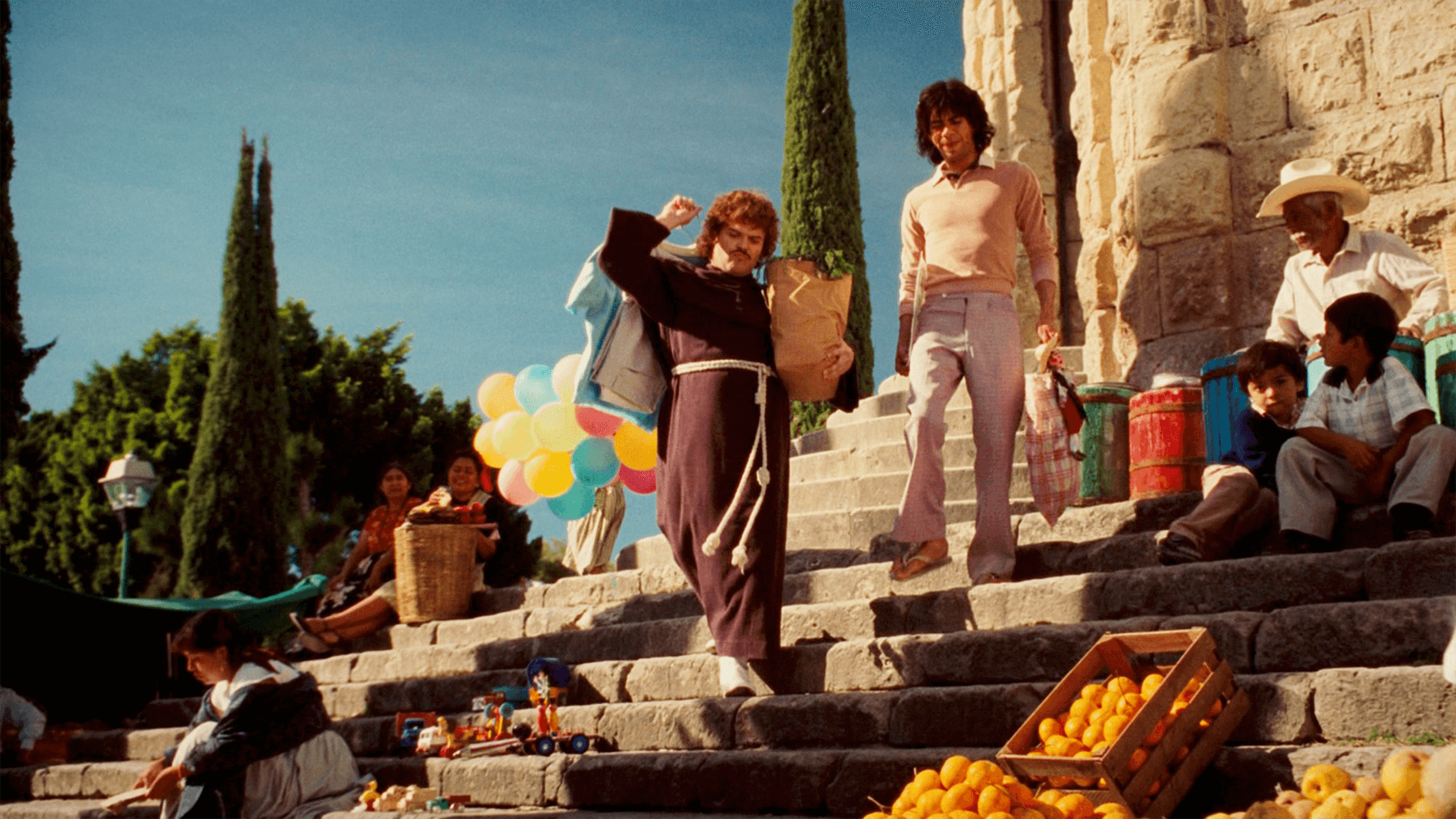
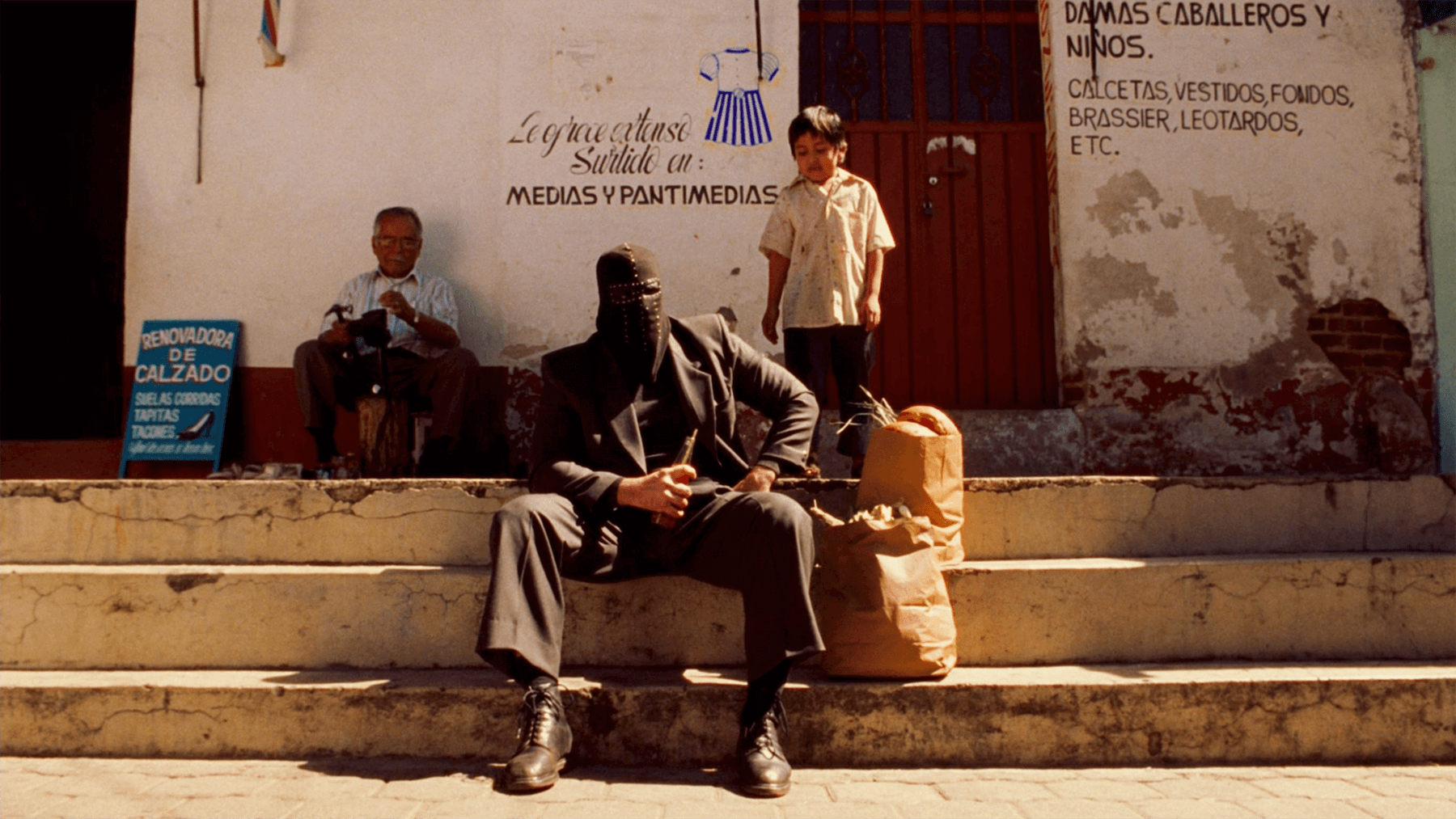
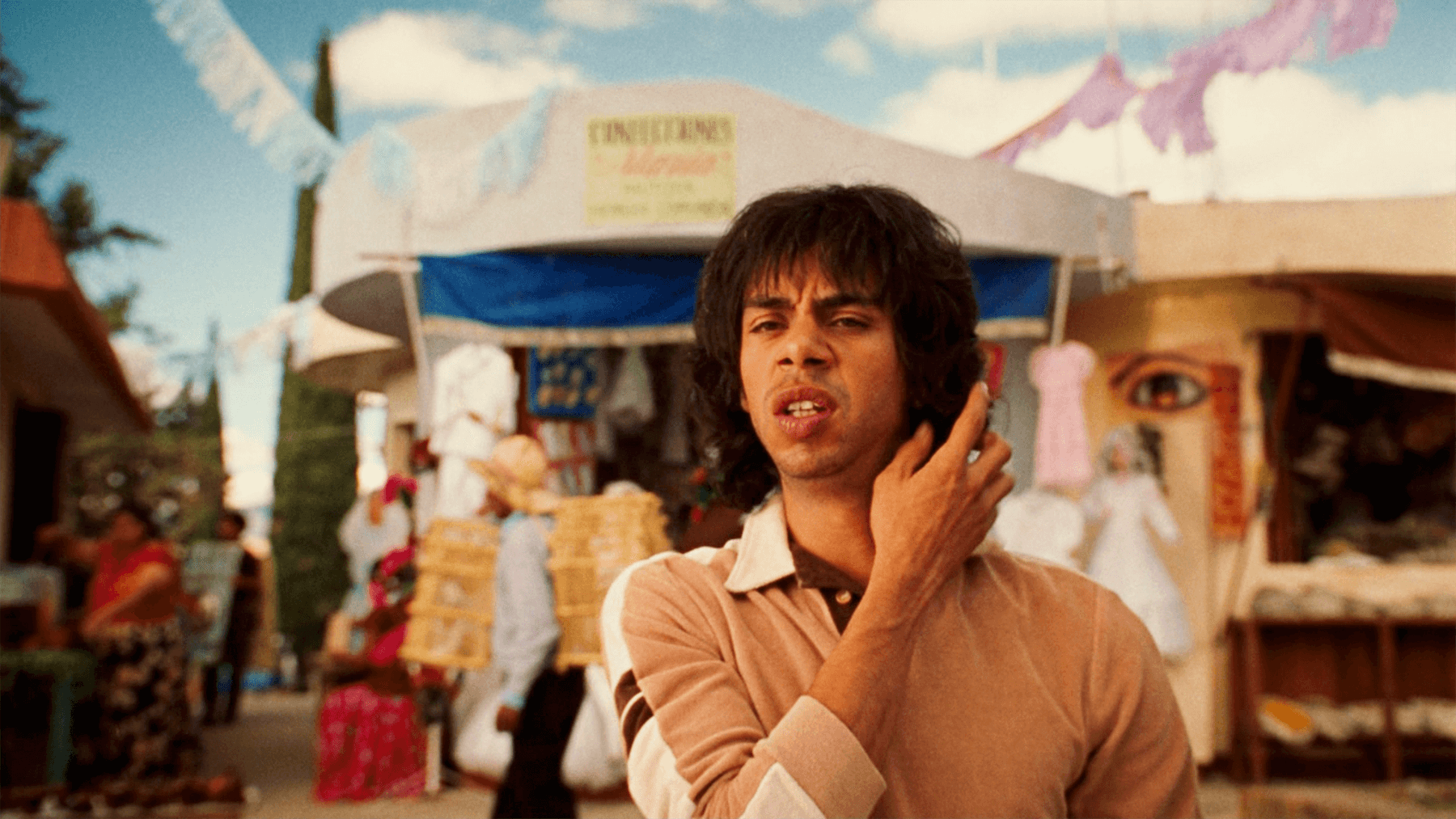
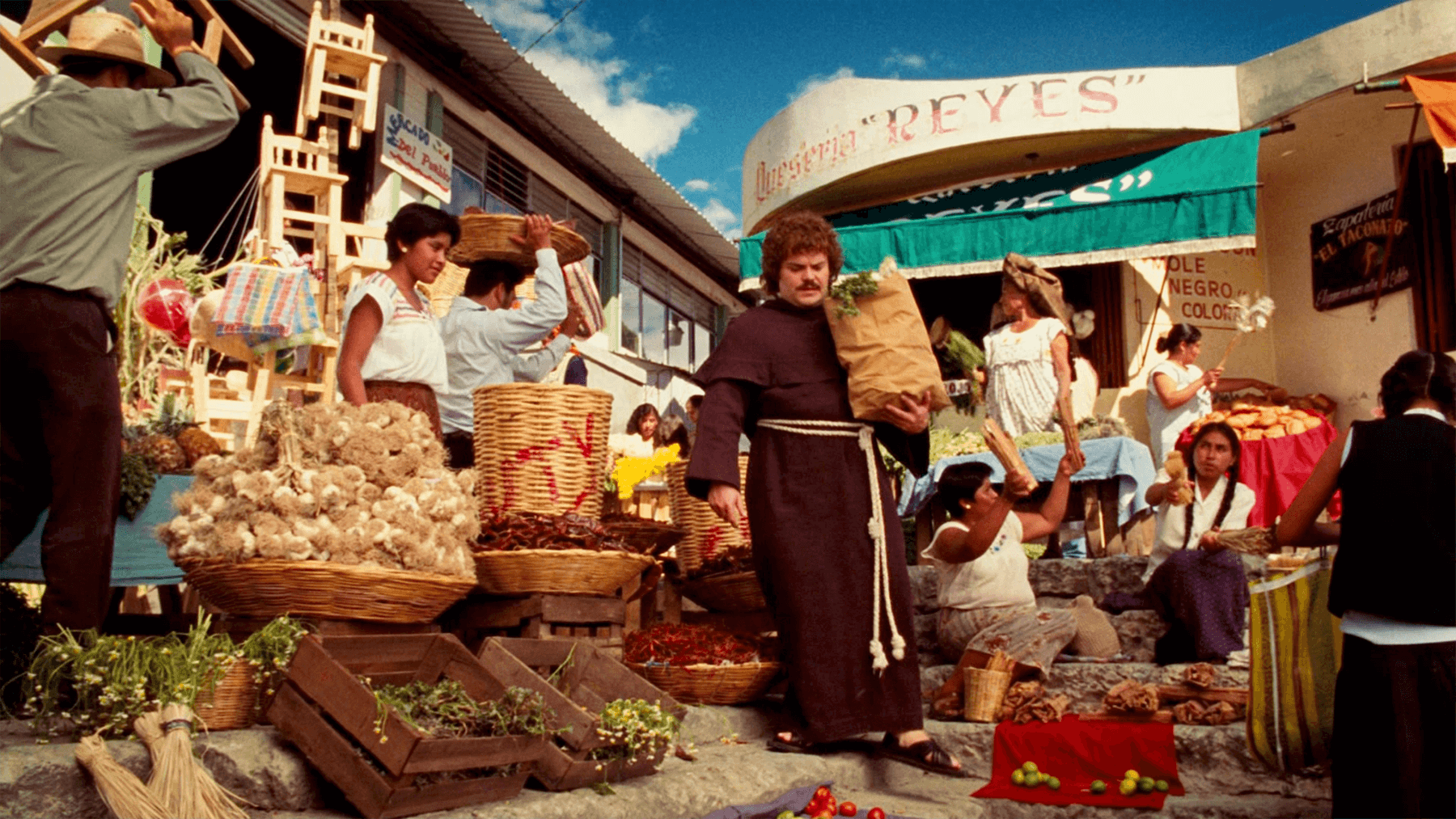
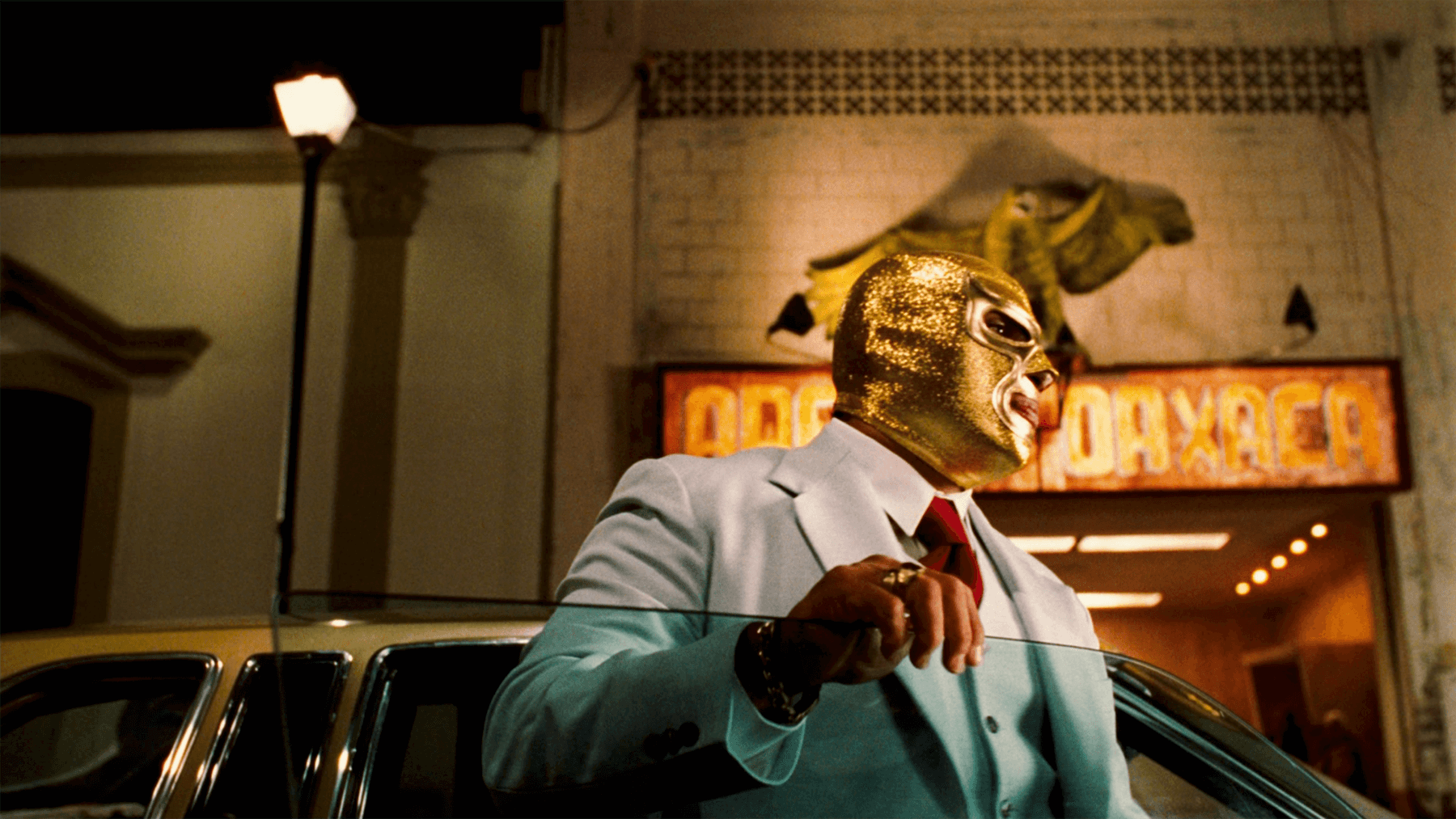
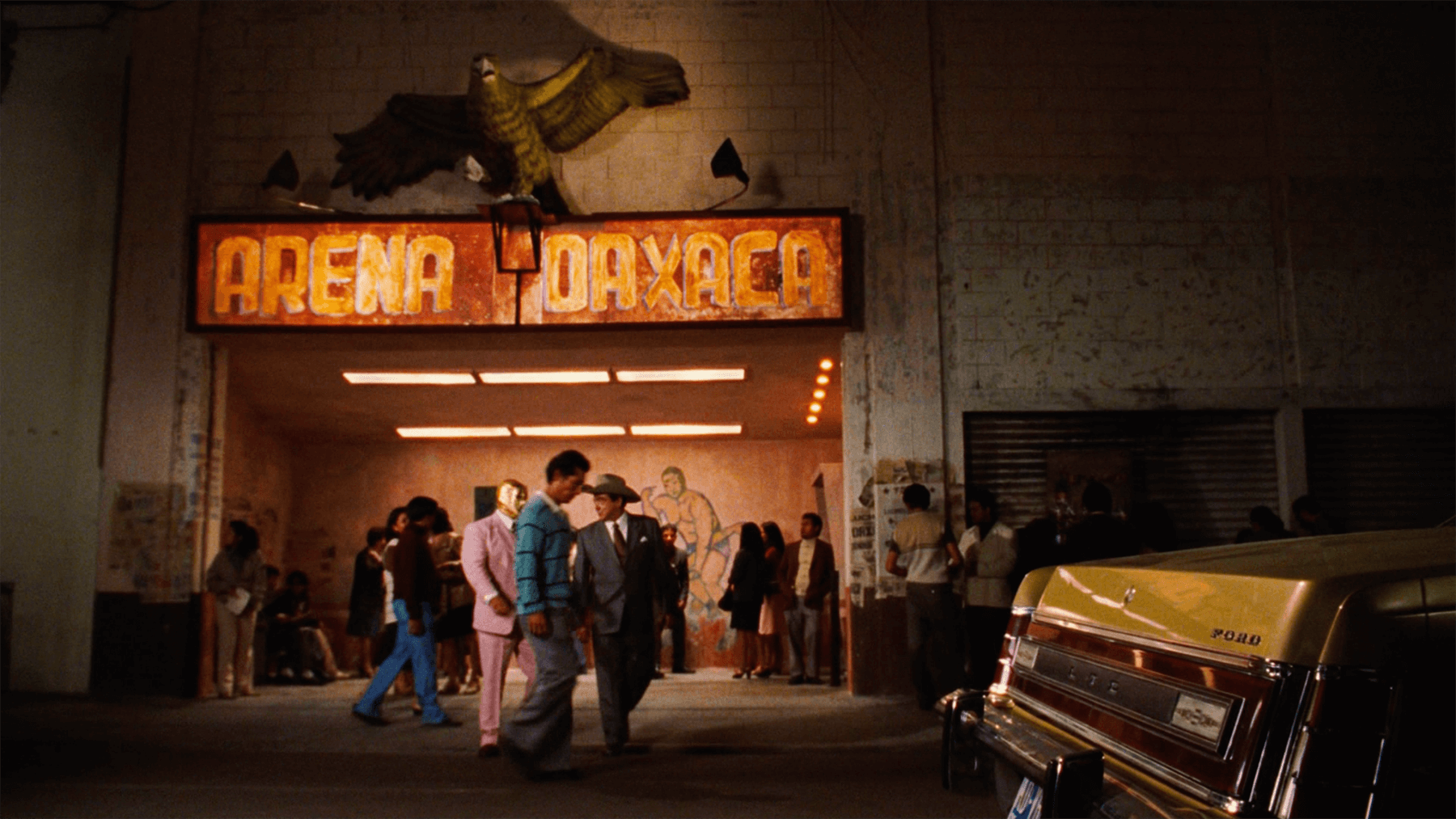
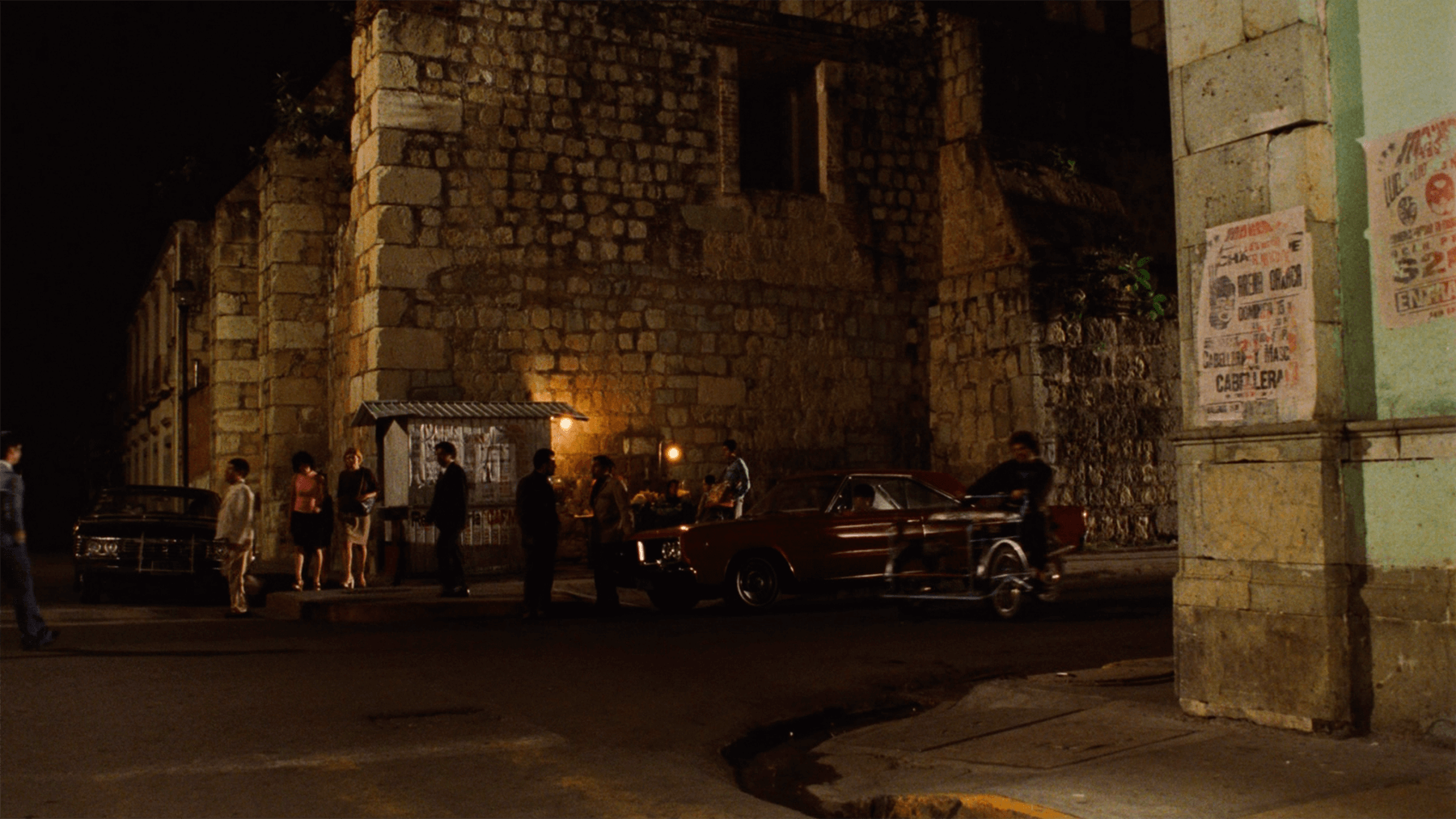
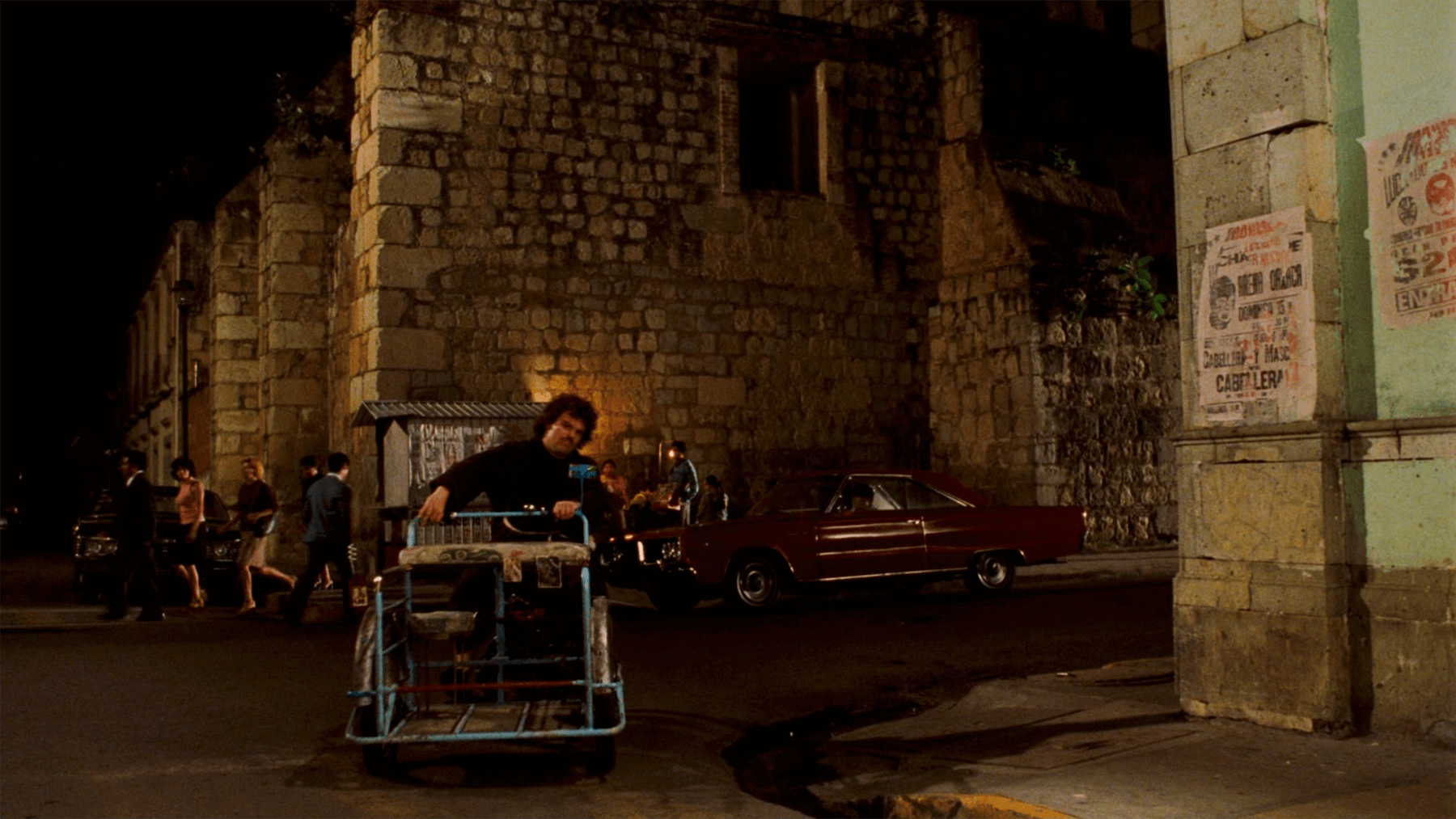
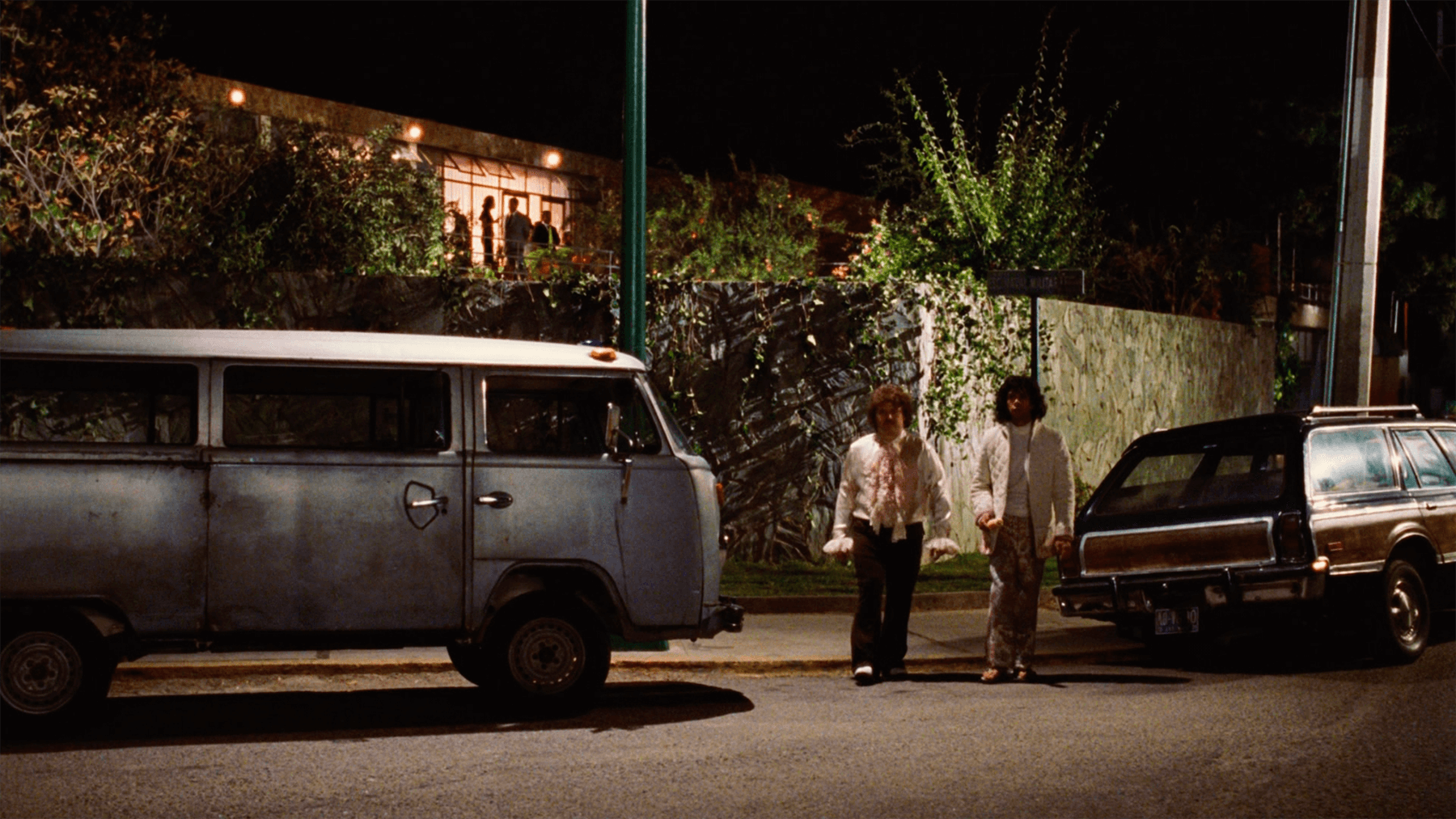
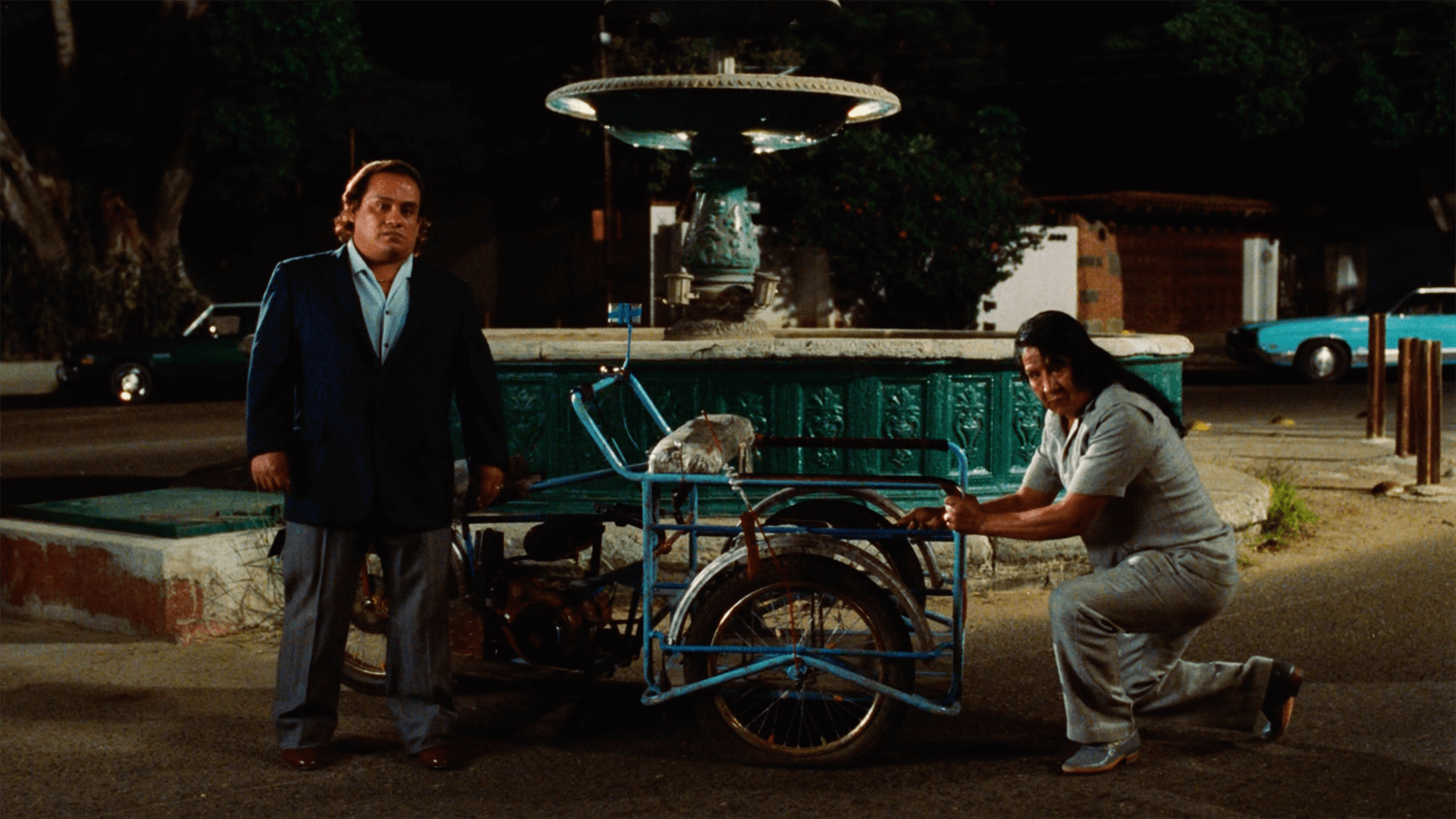
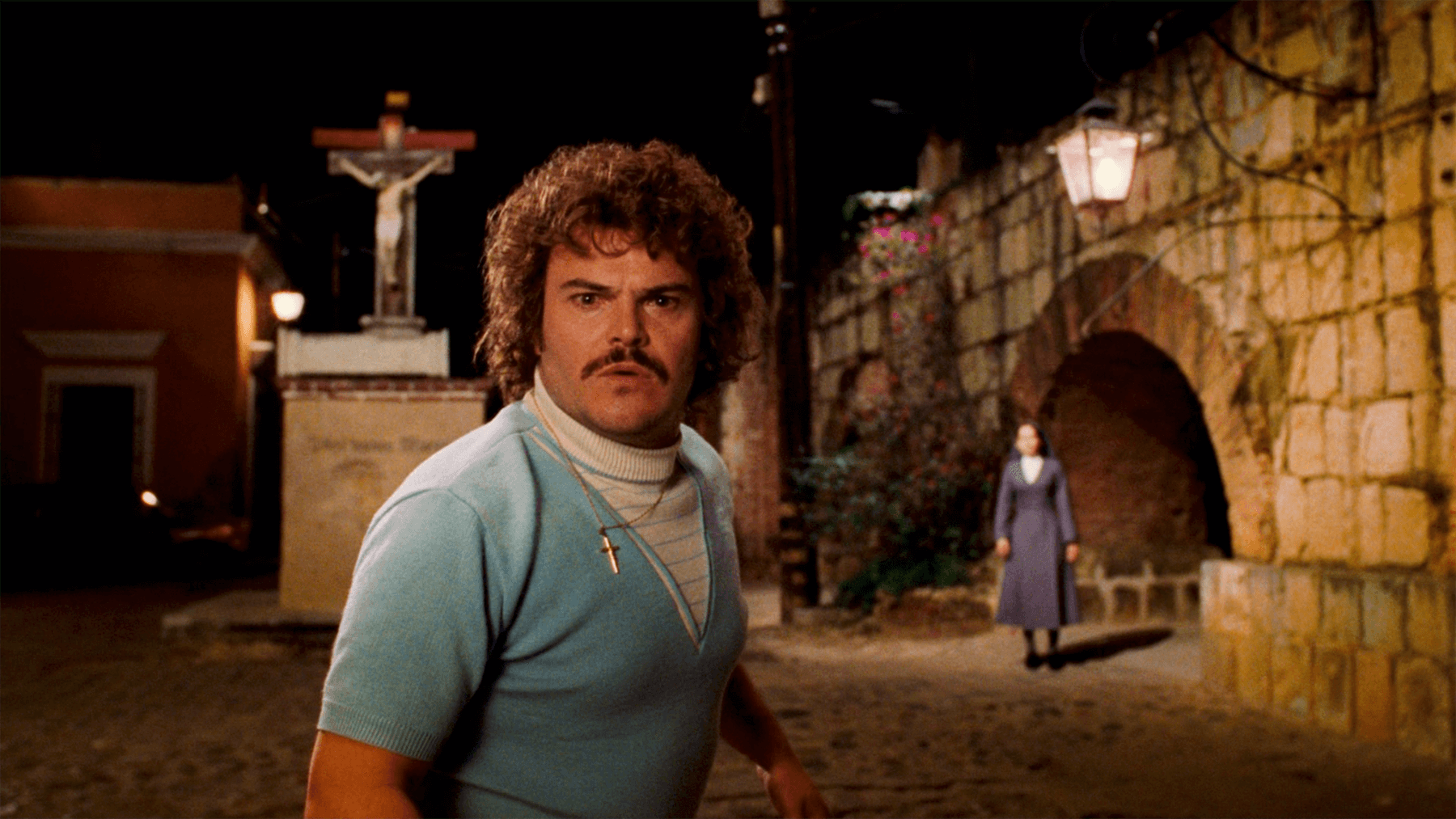
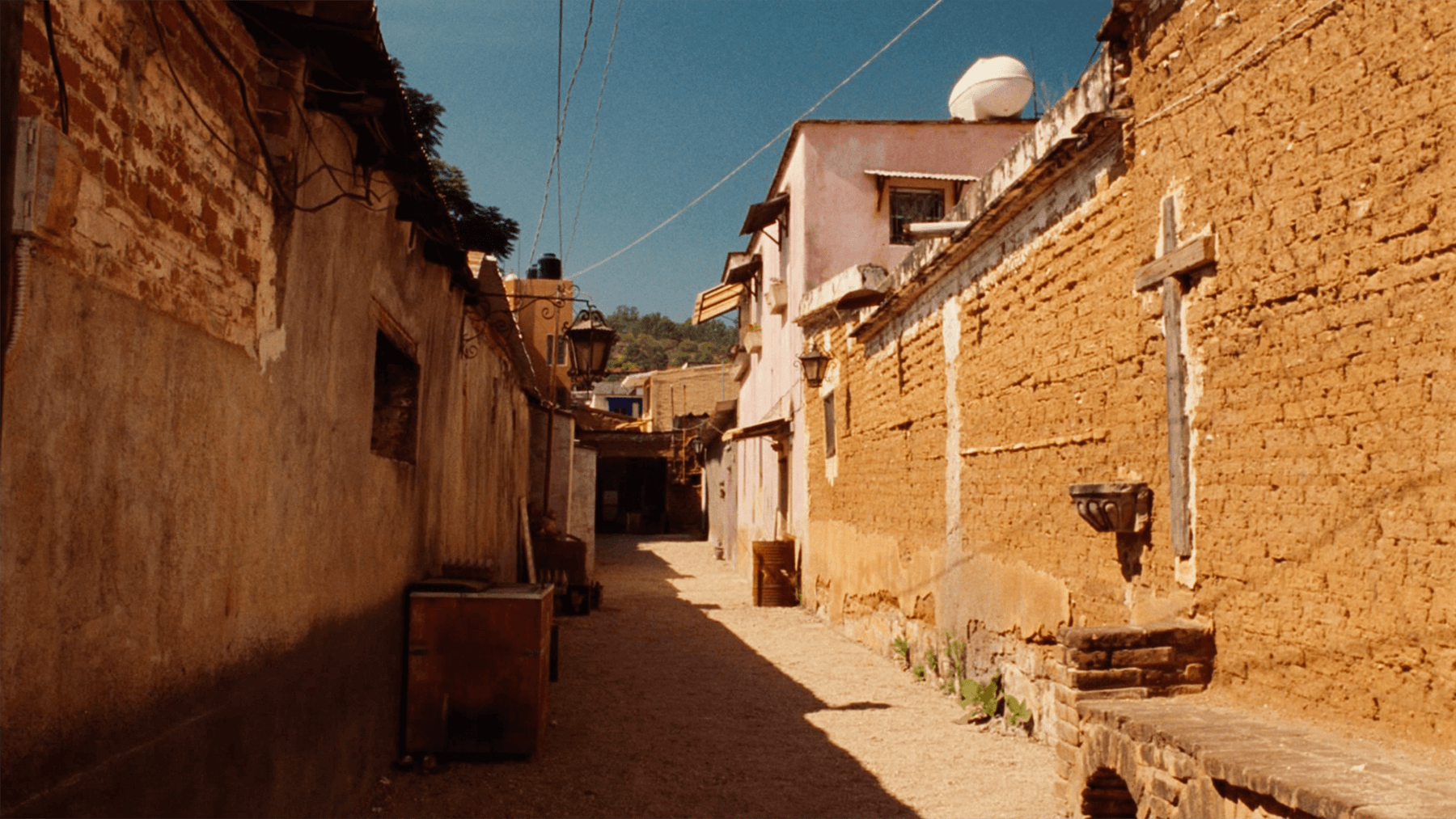
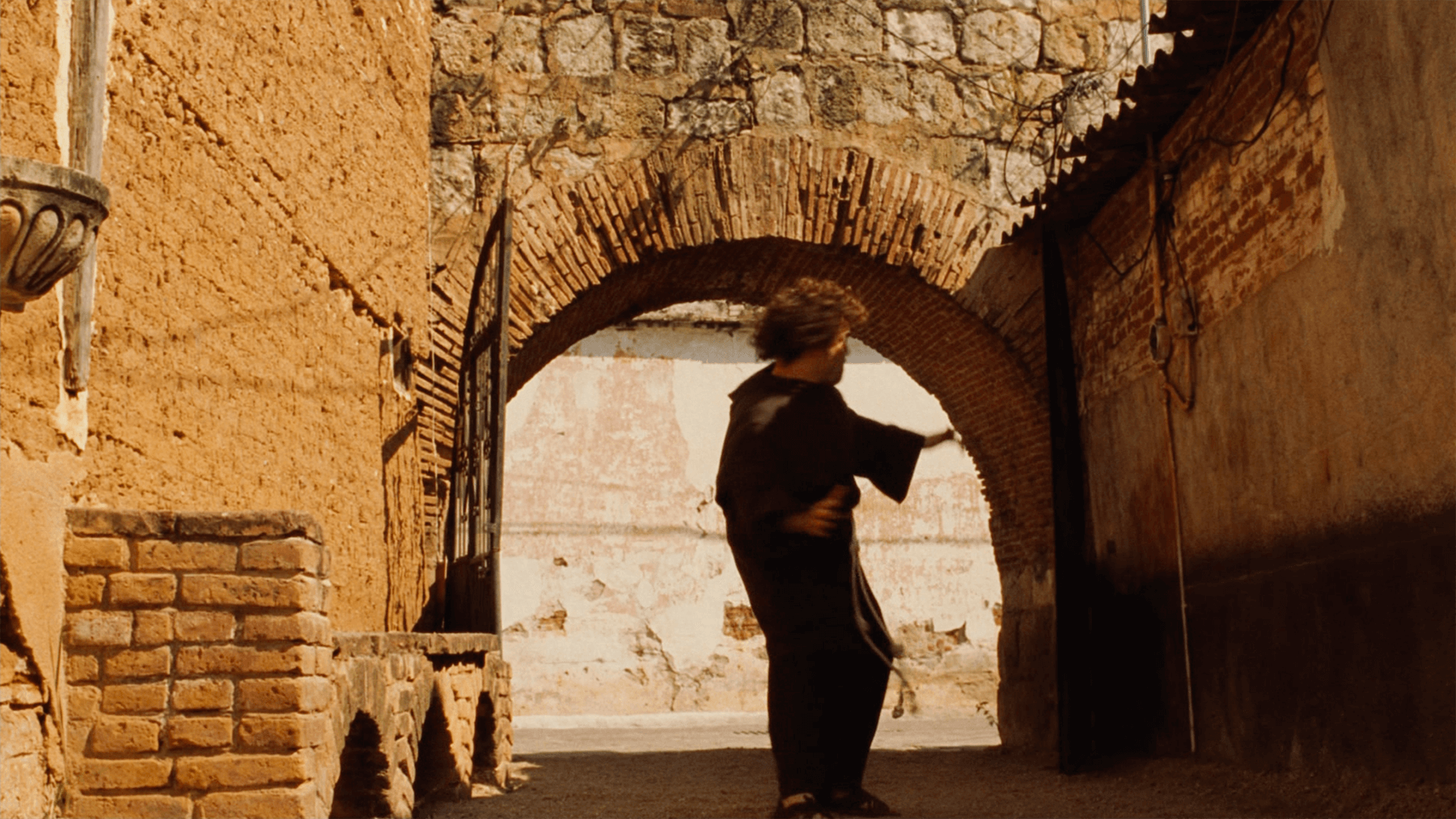
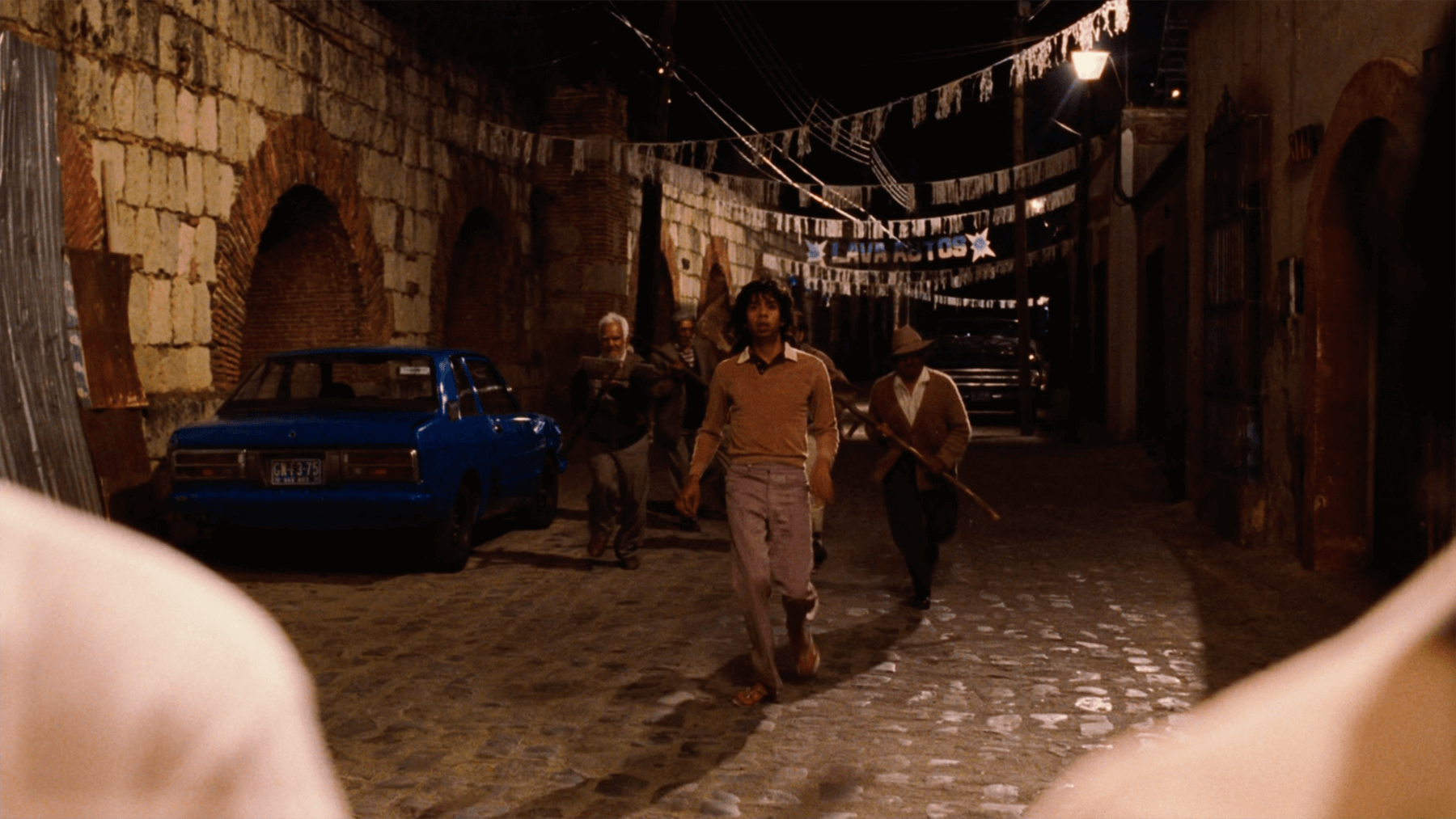


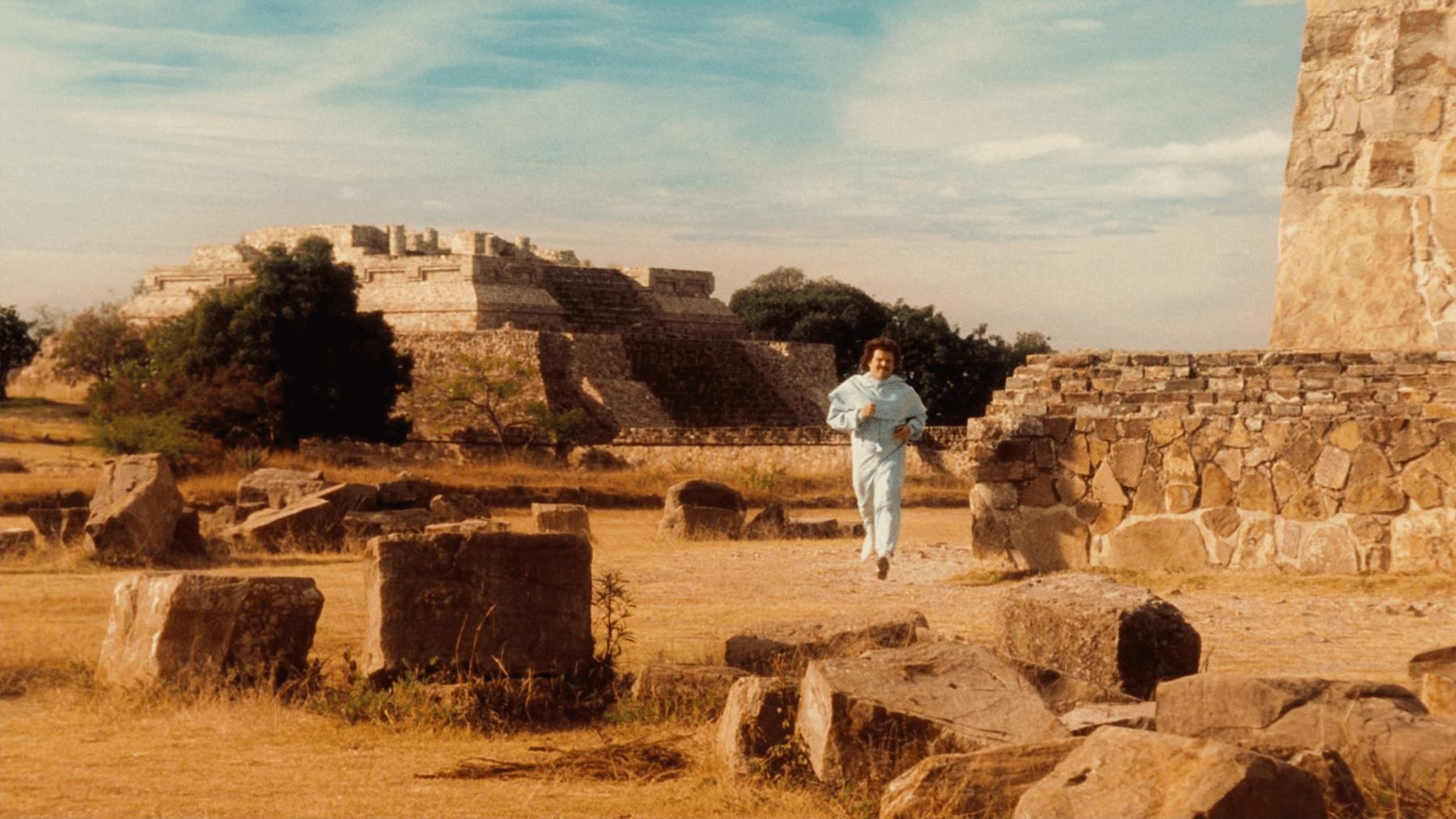
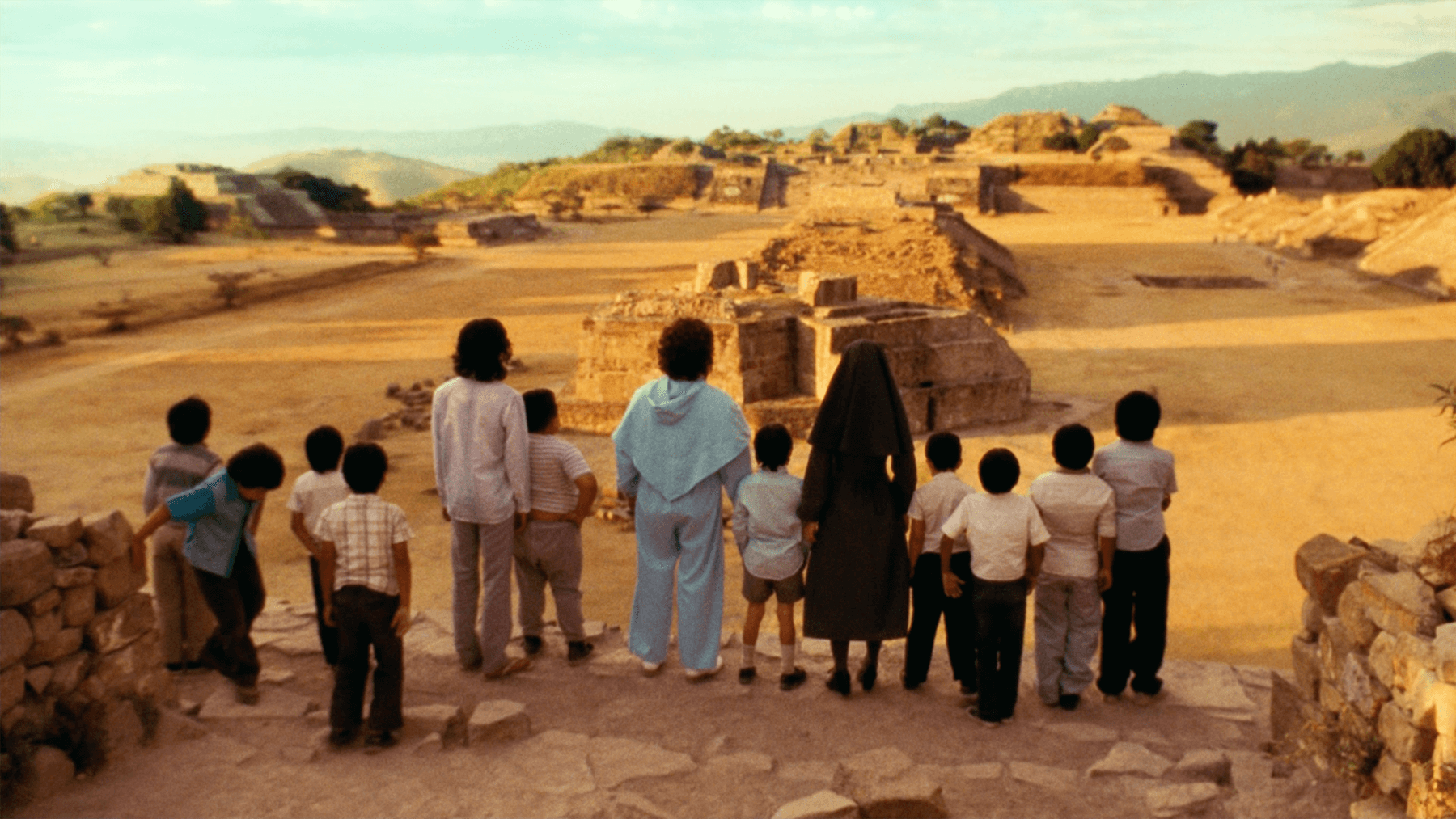
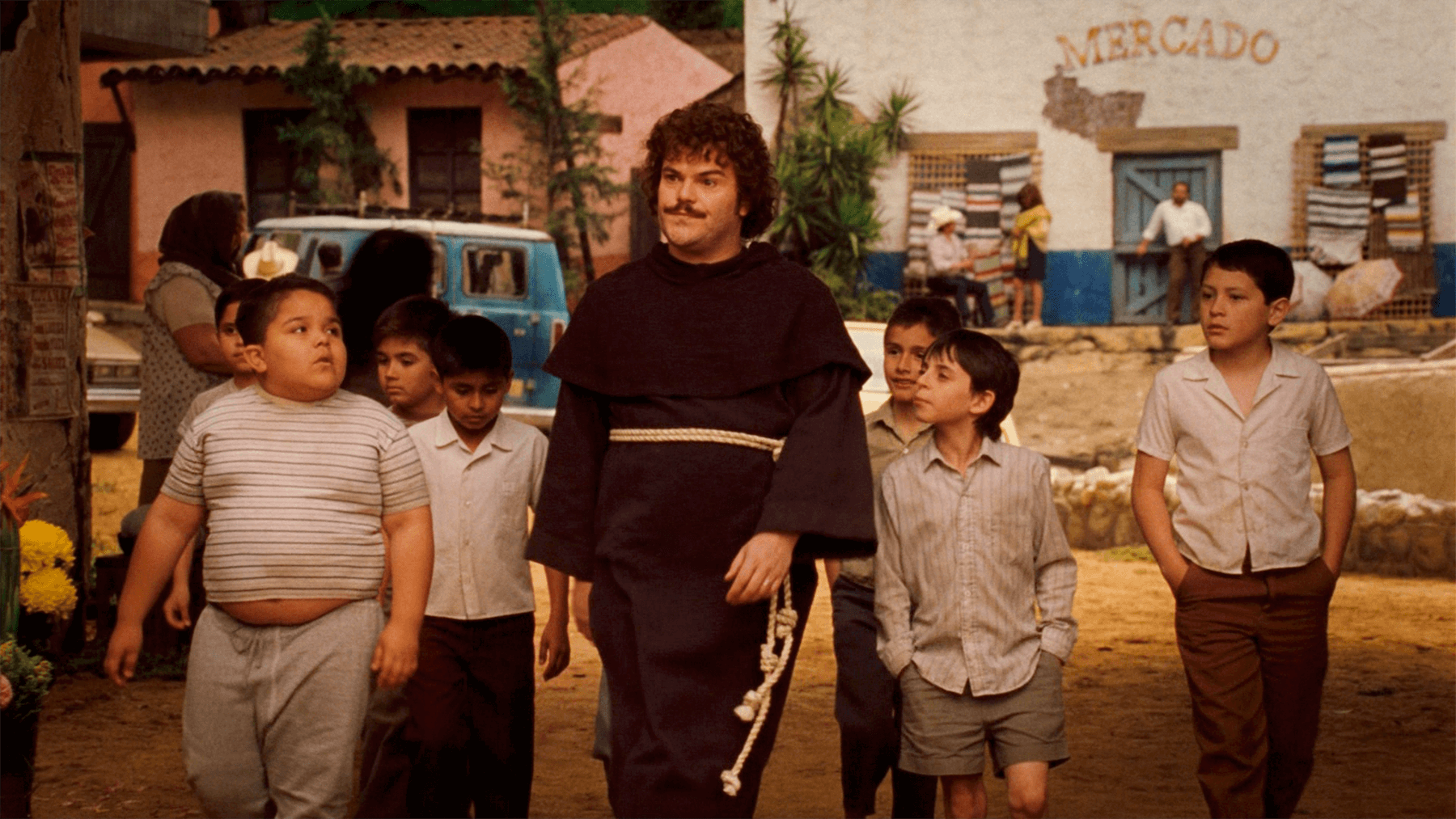
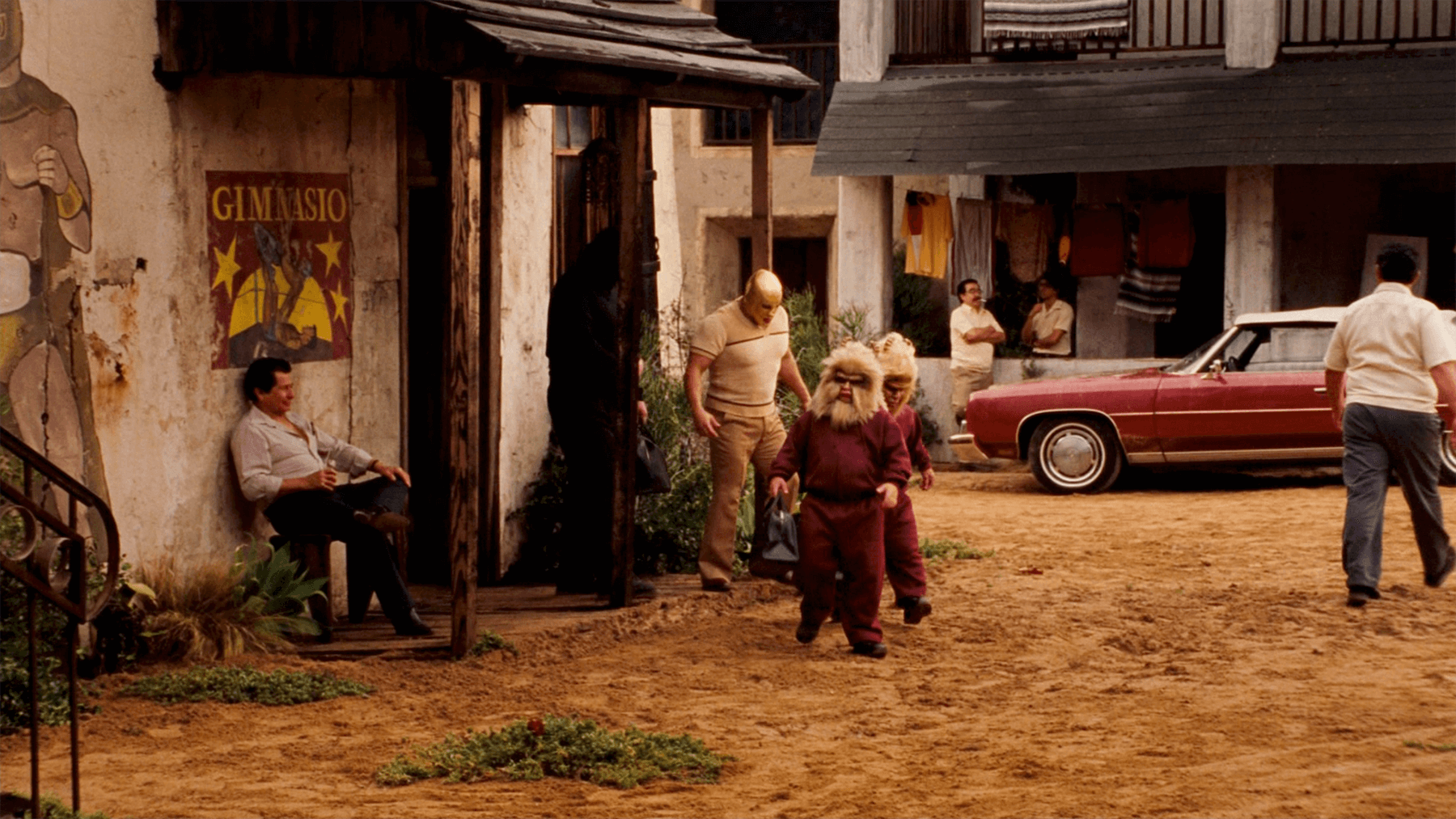





The legend recounting why the church of Cuilápam was never completed.